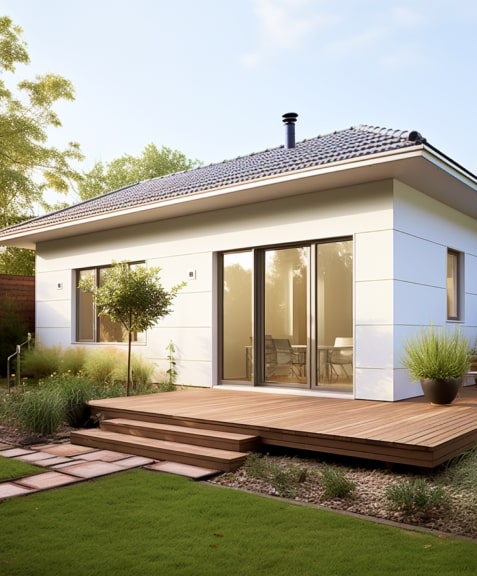
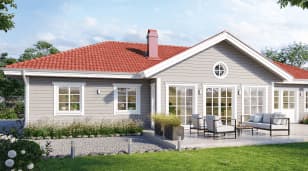
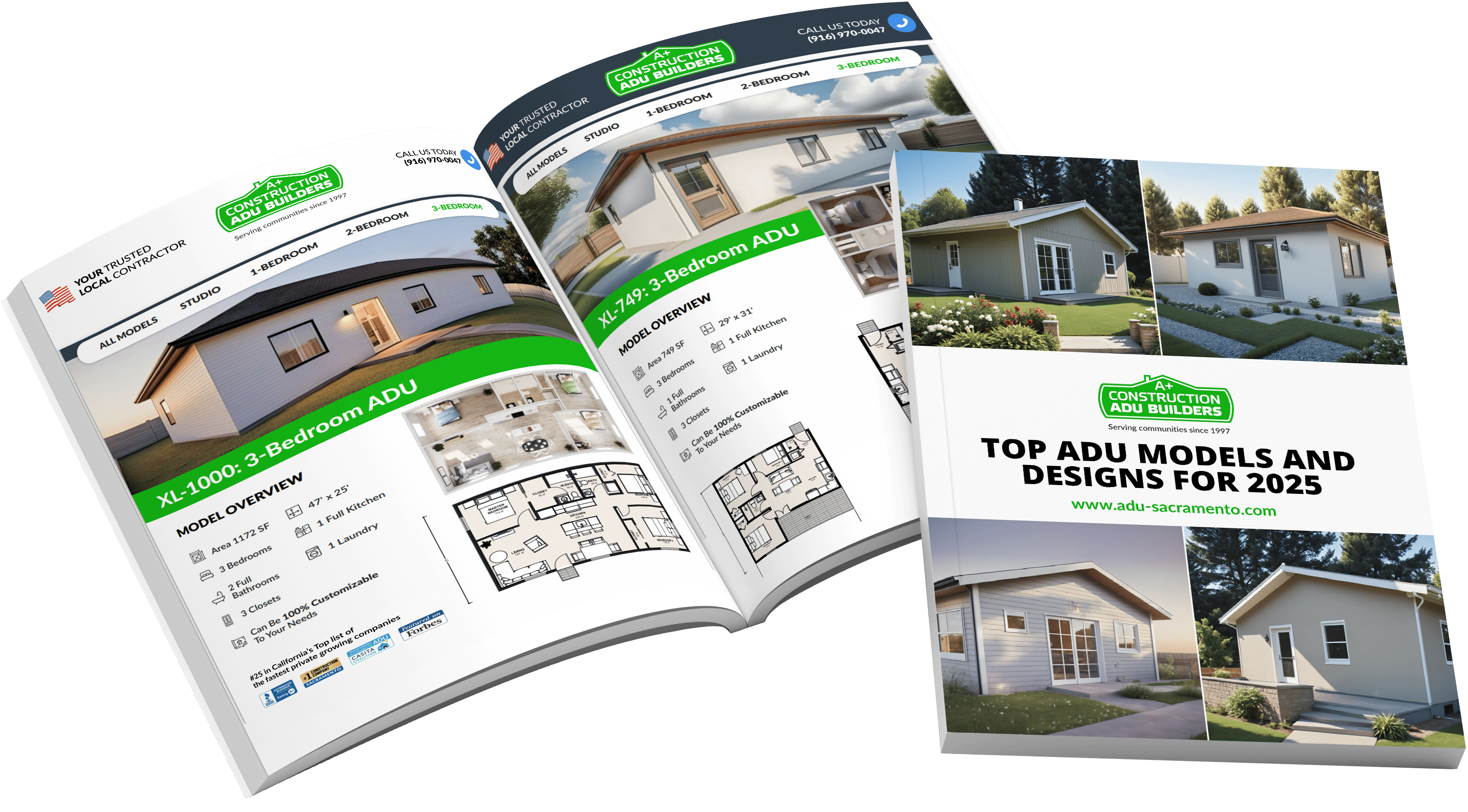

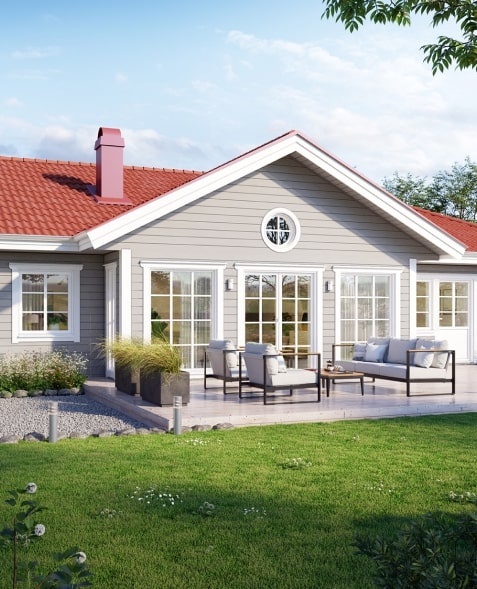
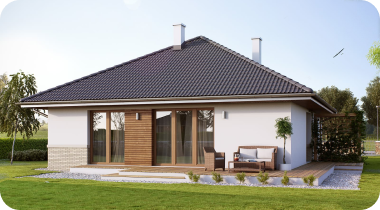
A link to download your FREE brochure will be in your inbox in 3 minutes
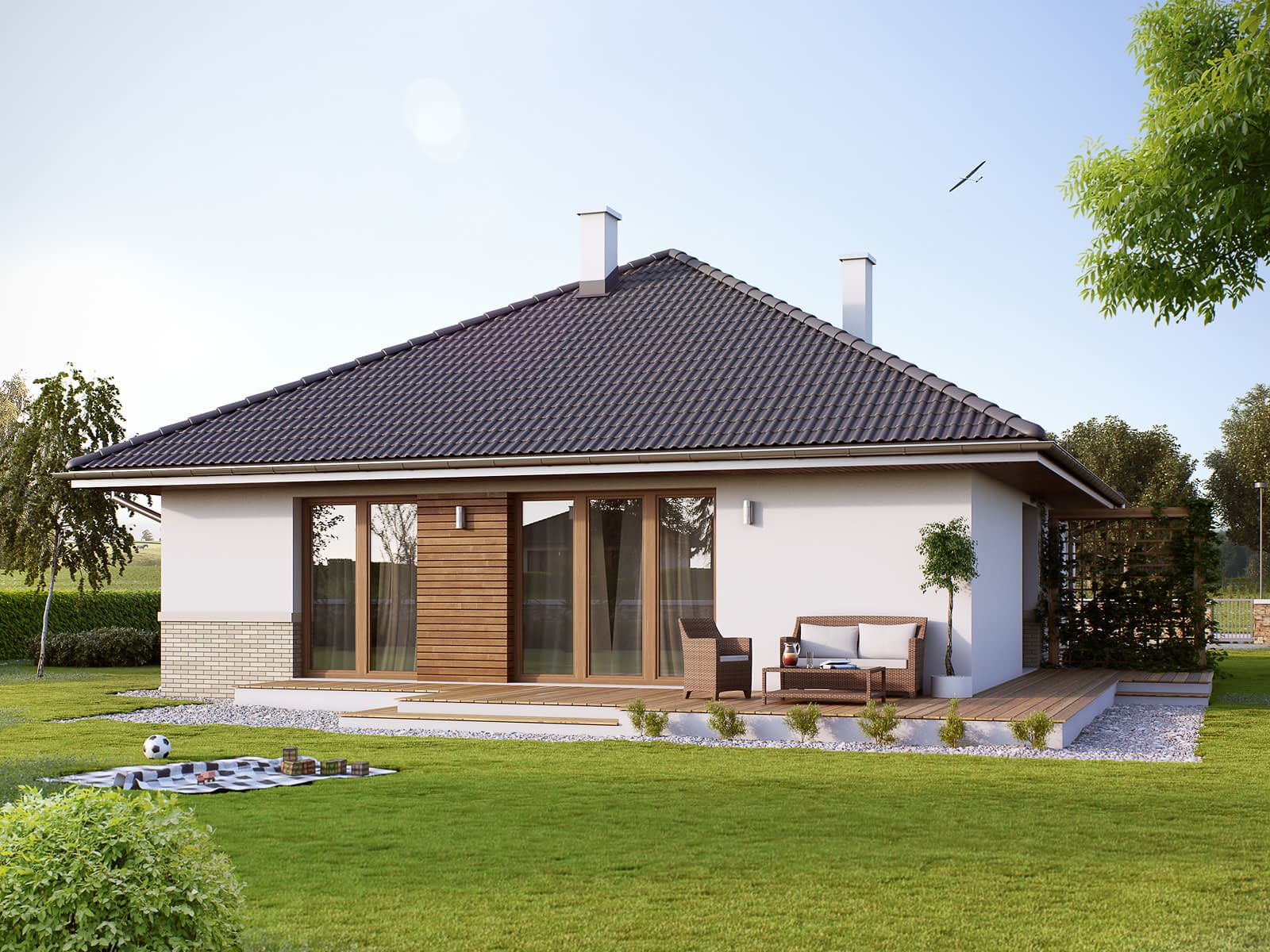





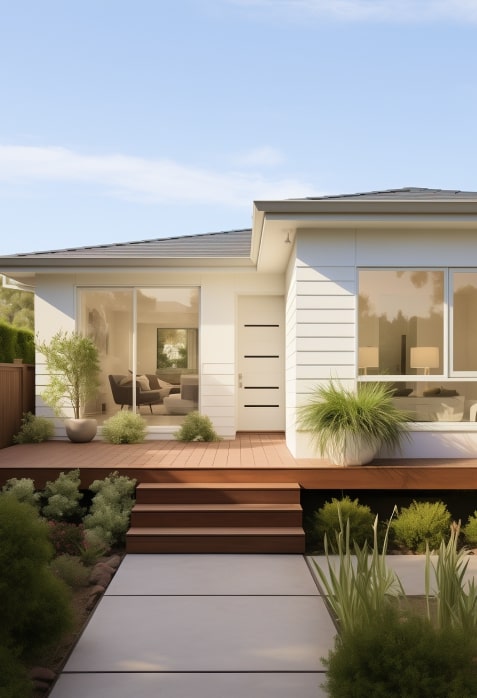
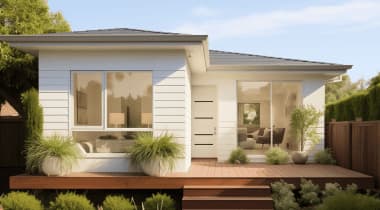











The final price may vary based on project specifics.
To get a free accurate quote tailored to your needs, book a consultation with us today!

The price per square foot provided is an average and may vary depending on project-specific details such as materials, location, complexity, and other factors. Actual costs may differ from the average provided.
It is recommended to obtain a detailed quote based on the specific requirements of your project.

Please note that the monthly payment displayed on this page is an estimate and is subject to variation based on the selected loan product, applicants credit score, loan amount, and other financial details. Actual monthly payment may differ from the estimate provided.
It is recommended to seek advice from a financial advisor or loan officer to obtain precise payment information tailored to individual circumstances.
 Your Trusted
Local Contractor
Your Trusted
Local Contractor
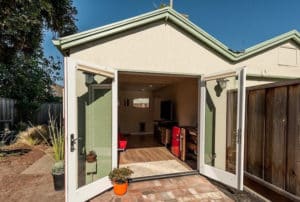 There are several ways you can create an accessory dwelling unit on your property, and one of them is converting a garage into a living space. The garage conversion costs are typically less than if you build an ADU from scratch, but this additional living space needs to meet certain criteria. For the most part, these are convenience and habitability considerations, as well as rules contained in the local building code and local ordinances.
There are several ways you can create an accessory dwelling unit on your property, and one of them is converting a garage into a living space. The garage conversion costs are typically less than if you build an ADU from scratch, but this additional living space needs to meet certain criteria. For the most part, these are convenience and habitability considerations, as well as rules contained in the local building code and local ordinances.
So, if you plan to repurpose your garage to generate extra space for living, entertainment, work, or additional income, let’s take a closer look at these converted living spaces!
With the accessory dwelling unit diversity, you can transform your garage into anything you want unless it doesn’t conflict with building codes, local rules, regulations, and zoning restrictions. Whether it’s a detached or attached garage, you can choose a layout that fits your property.
The most efficient way to save money is to transform the whole garage into a coherent, usable living space. That’s because repurposing an existing garage space for residential use usually requires fewer resources; your garage suits this goal from the very beginning. A whole ADU necessitates at least one bedroom space, a kitchen or kitchenette, a bathroom space, and a minimal living area. If your garage is big enough, you can get creative and add more interesting spaces to your new small house.
If you have a very small garage and it’s an attached one, you can convert a garage into a bedroom or another necessary room. This is not an ADU project but more of a house extension, allowing you to add more living space without large-scale and usually costly work.
This is a combination of both previous options: a garage conversion project plus adding new rooms to the property. The latter demands subsequent construction with respect to already existing areas. Such a project is quite complex, so the involvement of a professional general contractor is strictly necessary.
Many homeowners need additional space for housing extended family members and retired parents, others for guests or tenants. Some people hope to convert a garage into a place where they can work without interruption, while others require more entertainment areas for their house.
Whether your ADU project involves a family room, a home office, a playroom, a room for home theater, or an art studio if it’s a studio apartment or a 2-bedroom ADU, a garage conversion project is a way to bring your idea to life.
Is converting a garage into a residential area more beneficial than building from the ground up? Certainly, reusing an existing structure is always beneficial, as you can obtain additional square footage on even a fairly small plot of land. It is also sustainable and environmentally friendly because you reduce waste and contribute to land preservation.
In addition to the named advantages, a converted space also comes with the following perks:
To sum up, creating garage conversions may be very lucrative in many cases. However, it’s important to make sure your garage is suitable for conversion and to learn how you can modify your garage to cater to this purpose more.
If you have decided to get your garage converted without any major changes to its floor plan, there are several matters you should pay attention to.
To legally convert a garage into an ADU, you need to remember the following:
The last but not the least in meaning is the cost of a garage conversion. In order to keep the cost down, make sure the garage has a convenient location to minimize costs for plumbing and electrical system upgrades. Also, estimate if your HVAC system can support the new square footage. Besides, carefully ponder on such things as new insulation, flooring, and any structural alterations to determine if your budget aligns with the overall scope of the garage conversion project.
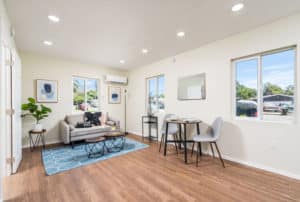
Wondering if you require a permit to repurpose your garage? In the event that you alter the use of your garage, it is possible that you will require a permit, depending on your location. To acquire permits for converting your garage, reach out to your city’s zoning department for further information.
As for now, let’s divide the whole ordeal into two big parts: preparation to permit acquisition and the acquisition itself.
There are a few things that are vital to remember when it comes to permitting requirements within garage conversions projects.
These involve:
First of all, before the garage conversion takes place, a homeowner needs to ensure this type of living space conversion is permissible in the particular area at all. Moreover, it requires understanding the specific requirements for such projects. Only then does the process begin.
Once you’ve done it all, proceed with the following steps:
Converting a garage into an ADU is a big job that demands attentiveness to detail and careful planning. However, with a skilled contractor like, for example, A+ Construction & Remodeling or another contractor in Sacramento, California, you can go through this process without a hitch!
The value that a garage conversion adds to your property can vary depending on various factors, such as the location, size, complexity of the project, quality of the result, and specific real estate market conditions. If, after converting a garage, you have an efficient and aesthetically pleasing unit that has some rental potential or just functional value, you can increase the property value by around 20%.
To create an ADU apartment by converting your garage, you have to consider layout, the placement of amenities, and any necessary structural modifications. Then your contractor develops a design plan, obtains permits, performs demolitions, and prepares the garage. The next thing is to install or upgrade electrical, plumbing, and HVAC systems, insulate, add doors, windows, frame new walls, install flooring, paint, and add other finishes.
The cost depends on the specific scope of the project, the quality of the materials used, as well as plenty of other factors. Still, we can say that the average cost for converting a garage into an ADU ranges from $10,000 to $50,000, which is way more affordable than other housing solution types.
Yes, after the main work, such as wall framing, modifying doors and windows, electrical wiring, plumbing, and others, you can choose any interior finish you like. Whether it’s drywall or paint, hardwood, laminate, tile, or carpet, make sure your room is properly insulated for a higher level of comfort.
Get a First Look at Real ADU Projects